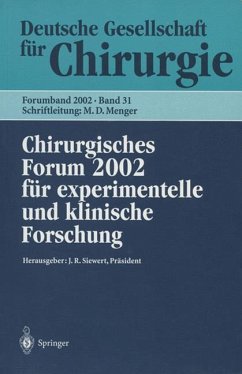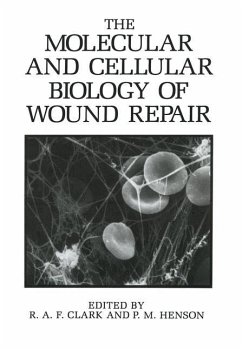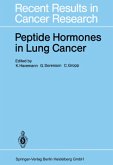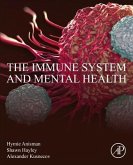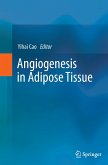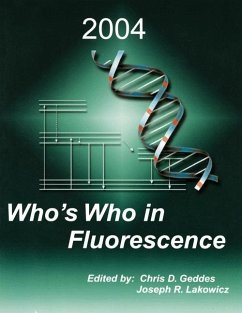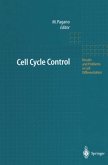thrombospondin-l may be encoded by a tumor suppressor gene. Dr. O'Reilly discusses angiostatin, an exciting recently discovered factor derived from the fibrinolytic proenzyme plasminogen that inhibits tumor angiogenesis, primary tumor growth, and formation of metastases. In addition to the soluble class of angiogenesis-regulatory factors discussed above, interactions of endothelial cells with components of the extracellular matrix and with other cell types are critical for proper formation of vessels. Drs. Grant and Kleinman discuss the role of laminin and other matrix molecules in regulation of capillary formation. Dr. van Hinsbergh and colleagues describe the role of fibrin and the fibrinolytic system in angiogenesis associated with wound repair. Cell surface mole cules that interact with the extracellular matrix have been implicated in the regulation of angiogenesis. Dr. Varner discusses some exciting new studies on the roles of specific vascular cell integrins (a /33 and a /3s) in mediating v v tumor angiogenesis and angiogenesis associated with wound healing. The pericyte, a vascular smooth muscle-like cell, exerts a powerful regulatory effect during the later stages of angiogenesis in which mature capillaries are formed. These mechanisms are discussed by Drs. Hirschi and D' Amore. With all the recent progress in the molecular biology of angiogenesis, the contribution of microenvironmental conditions such as hypoxia and pH to angiogenesis is often ignored. Drs. Rockwell and Knisely review this area of investigation and present studies of experimental tumor models.
Hinweis: Dieser Artikel kann nur an eine deutsche Lieferadresse ausgeliefert werden.
Hinweis: Dieser Artikel kann nur an eine deutsche Lieferadresse ausgeliefert werden.

